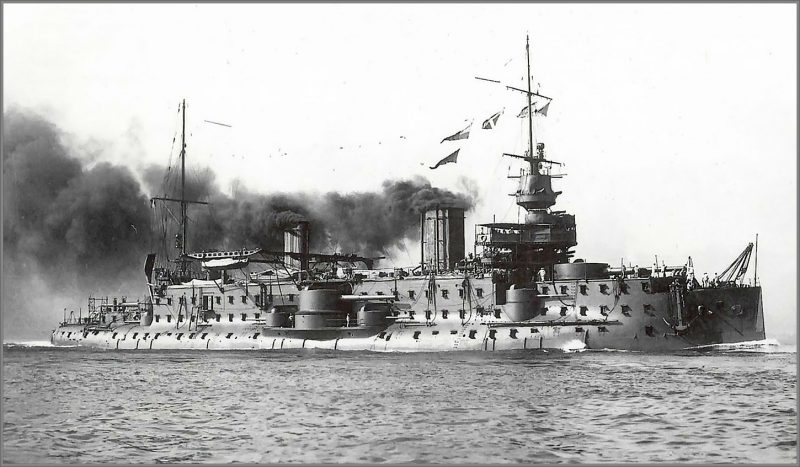In the seventeenth and eighteenth centuries, navies were very important. The maritime powers of Europe, particularly England, France, Spain, the Netherlands, and Portugal, relied upon them to protect trade routes and overseas colonies. Warships were the most powerful weapons a state could possess. They were mostly divided into frigates, built for speed and agility, and ships of the line, designed for battle.
With the invention of the steam engine in the eighteenth-century naval warfare changed radically. The propeller greatly enhanced the speed and maneuverability of ships. Steam-powered vessels did not have to rely on the sail, and so engineers could think more of weaponry and protective armour. This made armoured vessels – ironclads – possible.
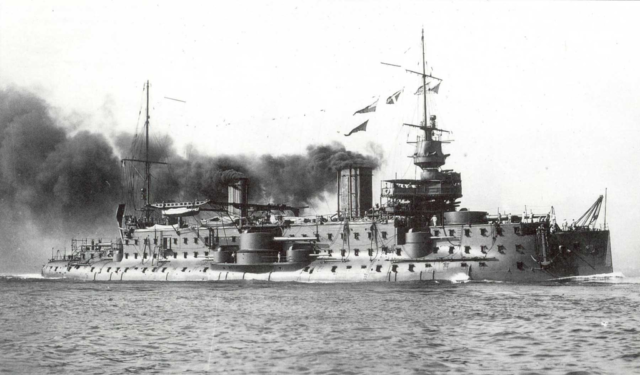
Carnot and the naval arms race
The first steam-powered battleship was the French frigate Napoleon. Launched in 1850, it was to be the vanguard of a fleet of powerful ships of the line that would challenge the British Navy’s supremacy on the seas. It could steam at a speed of 12 knots, ignoring the wind altogether. It was armed like previous battleships, with 90 guns and had no armour plating.
Carnot started an arms race between the French and British. By the end of Napoleon III’s reign, the French Navy had 38 steam-powered wooden battleships, 28 of which were converted sail vessels. In response, the British built 18 news ships and converted 41 others.
During the Crimean War (1853 – 1856) The British and French were allies against Russia, and their navies co-operated in engagements against the Russian Black Sea Fleet and coastal targets. Napoleon III ordered the construction of floating batteries, armoured ships that bombarded the shore. These can be considered to be forerunners of the first true ironclads.

Nemesis
Nemesis was the first warship constructed with an iron hull. It can be considered a true ironclad. The steam frigate was designed by John Laird and was made in 1839 for the East India Company, which ruled British India at the time. It was active in 1840 in the First Opium War against China. It proved successful and was called the ‘devil ship’ by the Chinese. Laird went on to build two steam frigates for the Mexican fleet: Montezuma and Guadalupe.
After Nemesis, wooden hulls were being replaced with iron. However, the iron plates were still thin, and could not withstand heavy fire.
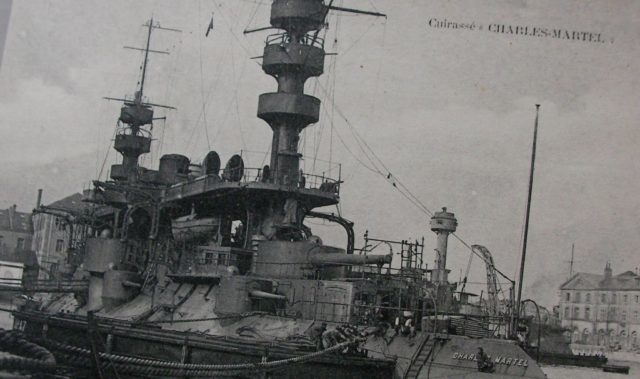
Essex
USS Essex was an ironclad of the American Civil War. It was originally a steamboat named New Era but was refitted as a gunboat in 1861. It had 1.75-inch armour on the forward casemate and .75 inch on the sides. It was armed with one 32 pounder gun, a 12 pounder howitzer and 4 Dahlgrens. It was involved in the defence of Baton Rouge, Louisiana on August 5, 1862.
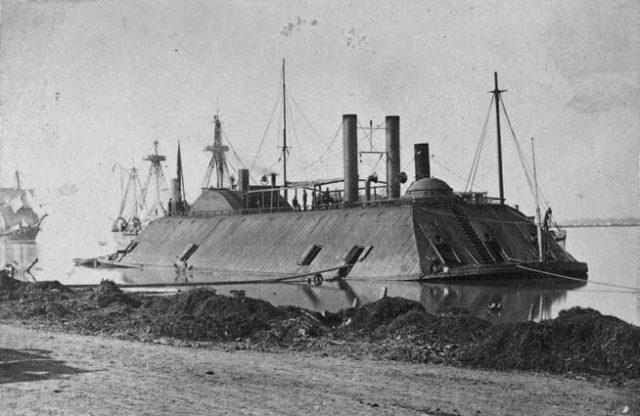
Redoutable and Massena
Redoutable was the first battleship to be built principally from steel. It overcame the problem of armour in the designs of Nemesis and previous ironclads Steel’s high tensile strength meant that the hull could support thicker armour than previous vessels. The armour was almost 14 inches thick. She was a battery and a barbette commissioned in 1878.
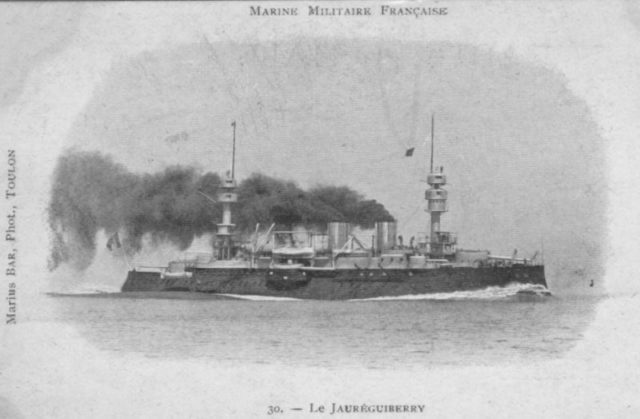
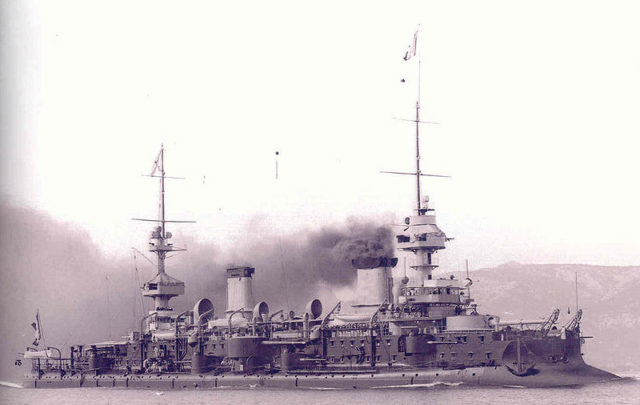


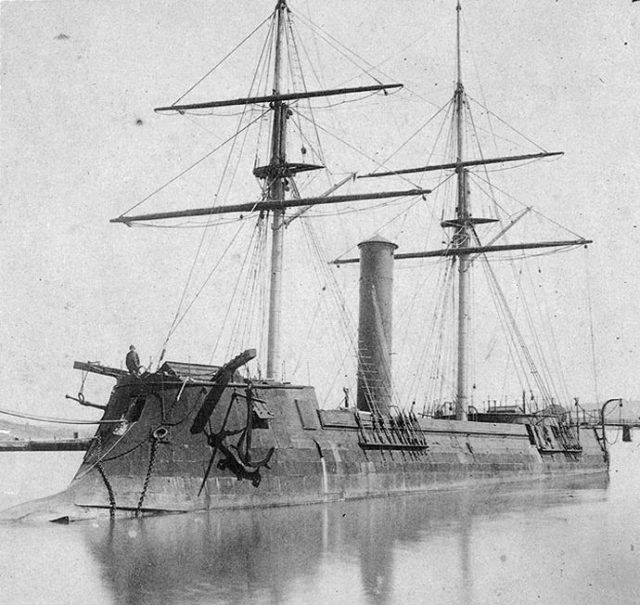
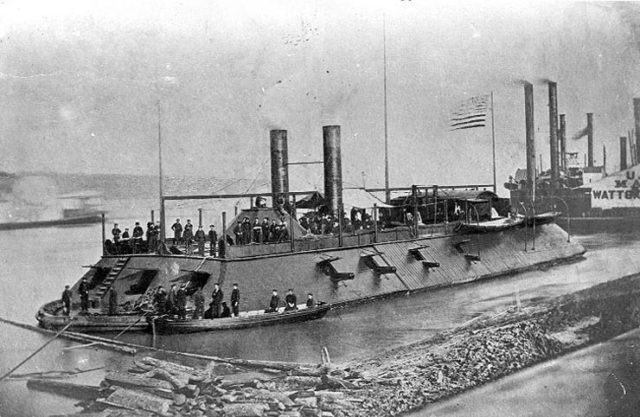
Massena was again a French battleship, built in the 1890s and commissioned in 1898. In some places it’s armour was a thick as 18 inches. It could also support powerful guns, including 12 Modele guns ranging from 138 to 305 mm.
For all its strength and power it suffered from considerable design flaws. Its instability rendered its guns inaccurate.
The Jauréguiberry and Charles Martel are ironclads of the same class.
Other ironclads of interest include:
- CSS Stonewall, a Confederate ironclad much fear by her enemies. She was built in France in 1864. However, it did not remain Confederate for long. After the Confederate defeat, the US government sold it to the Japanese in 1869. It was Japan’s first ironclad, and it was renamed Kotetsu.
- USS Cairo was one of the first ironclads built for the Union. It was sunk on December 12, 1862, and was the first vessel ever sunk by a naval mine.
- Tsarevitch, a Borodino-class battleship in the Imperial Russian Navy. Commissioned in 1903, it served in the Russo-Japanese War of 1904/05. It was the flagship in the Battle of the Yellow Sea. The battle was a strategic victory for the Japanese Fleet, and Tsarevitch was damaged and forced to port.
- SS Cordoba, one of the first ships to use steel in the bulk of its construction. It was the flagship of the Aragonian Fleet.
